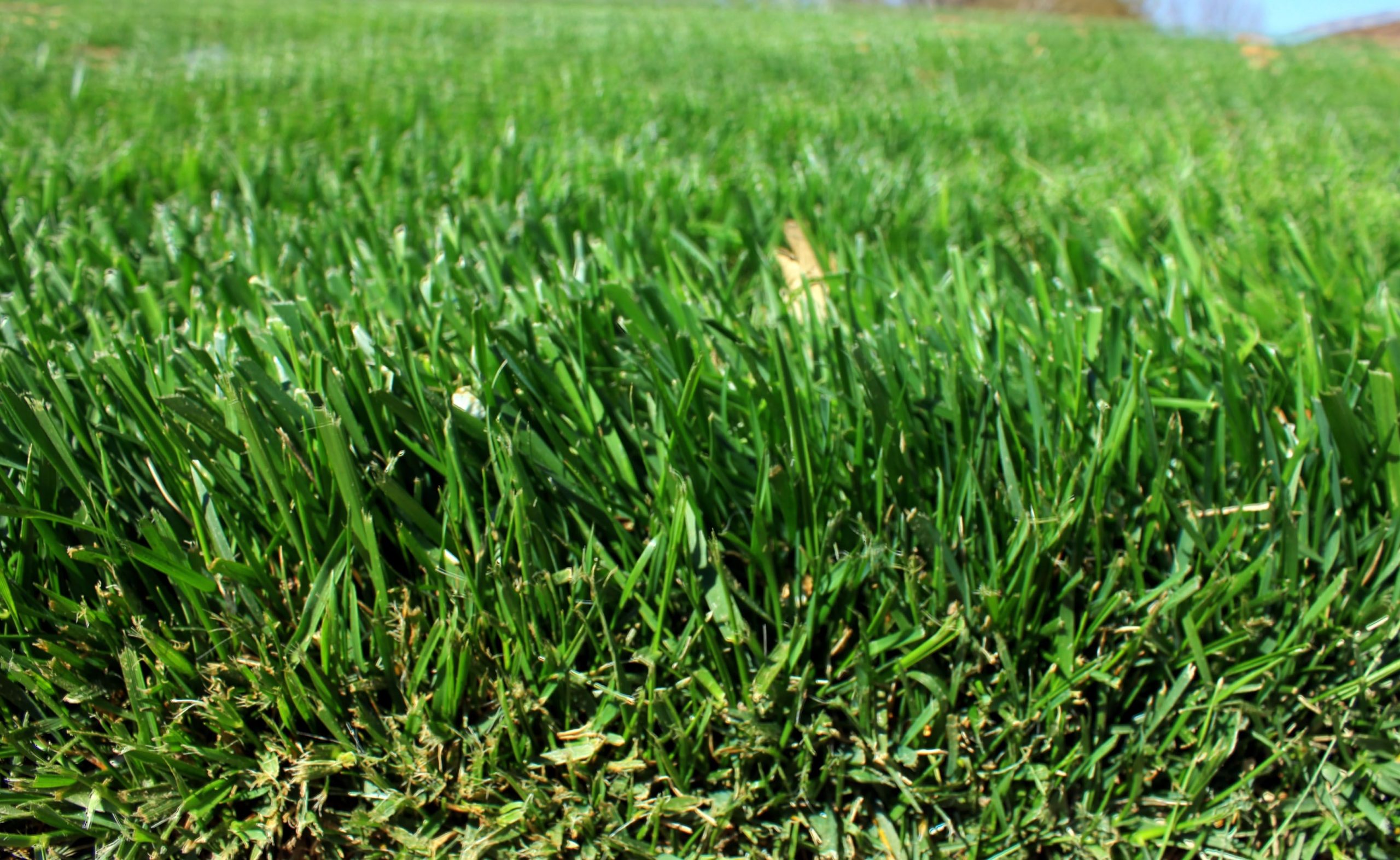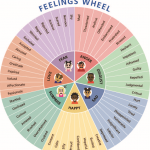The Extent of Grasses
Grass is a seemingly insignificant organism that is taken for granted and largely ignored.
Grasses grow on almost every land surface, from swamps to deserts and from the Polar Regions to the Tropics; in fact, grasses cover one-third of the earth’s land area.
Grasses range in size from the short varieties used for lawns to sugarcanes and bamboos. Some varieties of bamboo grow over 40 m (130 ft) tall!
Most of the great grasslands lie between deserts and humid forests. In grasslands that are frequently wiped out by fire, larger plants like bushes and trees cannot develop; grasses remain dominant because their roots can survive and are quickly reestablished.
An Invaluable Provision
Grass may be the most important group of plants on earth. Man and almost all animals depend on grass, whether directly or indirectly, for their food. Although, we, as people, cannot digest the stems and leaves of grass, many animals can; when eating meat, humans indirectly benefit from the grass that the livestock ate.
The grass family also includes grain. Grain is high in starch content, making it an excellent energy source. Man has developed the grasses of meadows into high-yielding cereal grain crops, including wheat, barley, rye, oats, rice, and corn. These crops yield more than two billion tons of food a year and literally feeds the world.
What are you thoughts about it? Please comment below.







